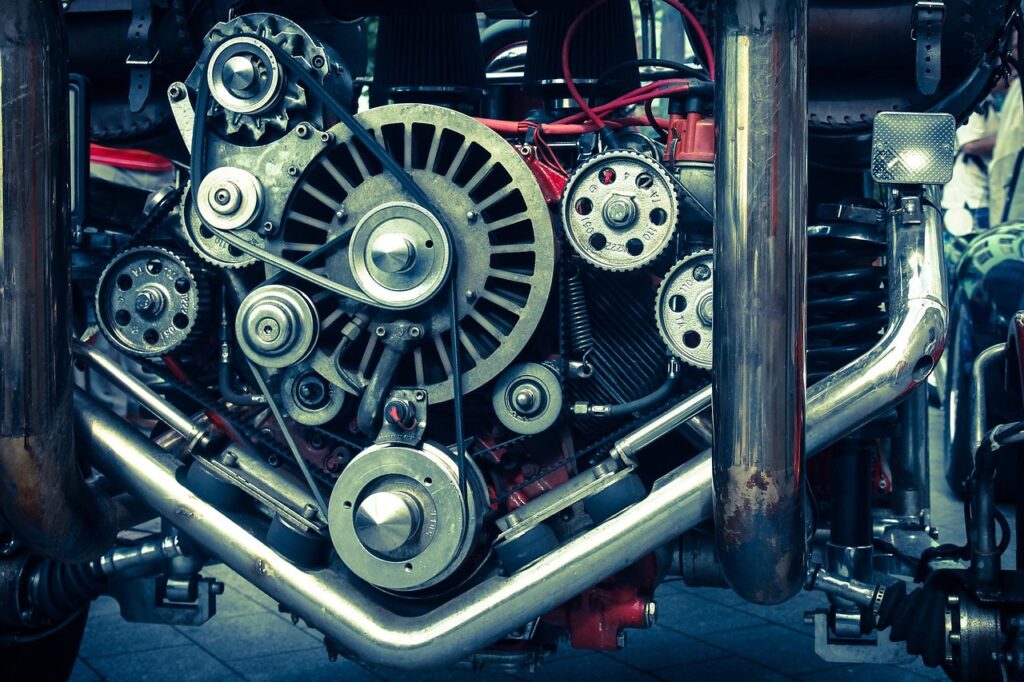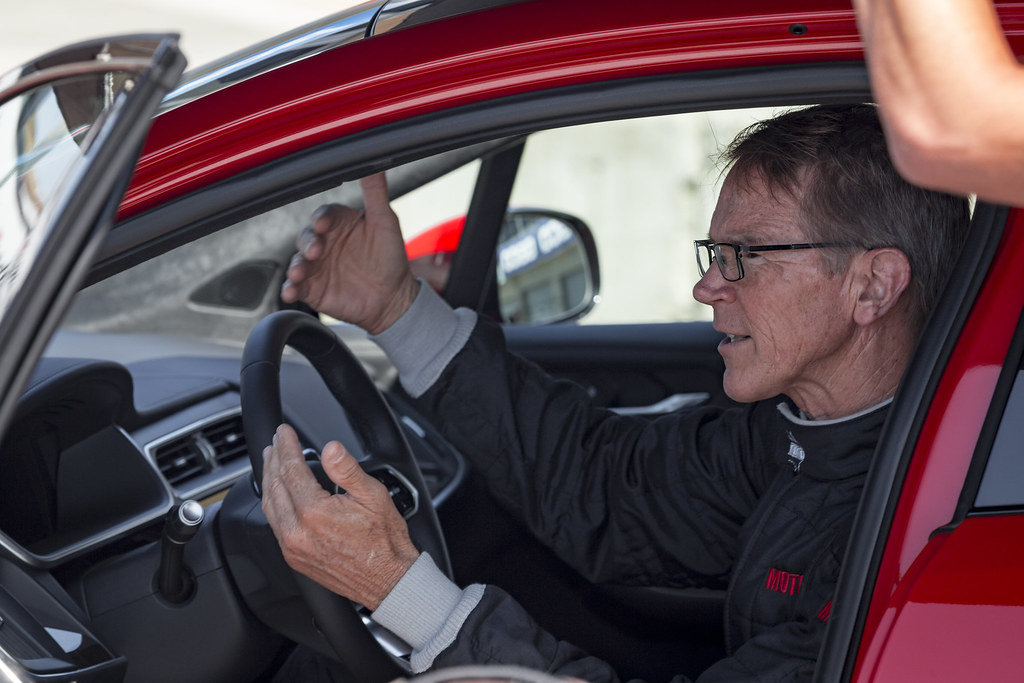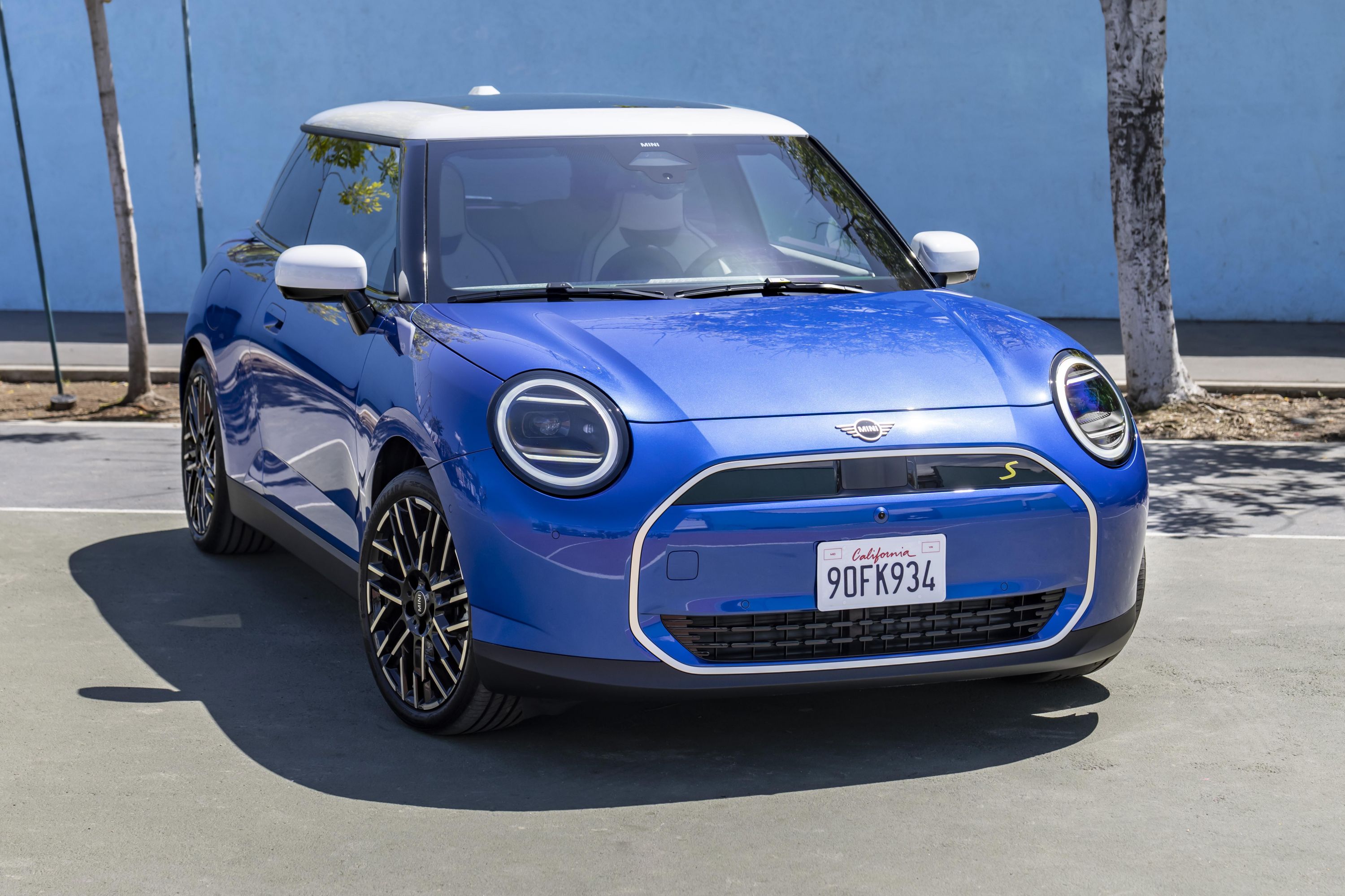The current economic climate has been tough for many of us, prompting a universal desire to stretch our dollars and cut back on spending. This practical mindset extends directly to our vehicles; it makes far more sense to keep our current cars running in peak condition than to be forced into the significant expense of buying a new one. While most of us are familiar with the importance of routine maintenance like oil changes and transmission services, what often goes unacknowledged is the direct and profound effect our daily driving habits have on the lifespan of our vehicle.
The way you navigate various conditions, from a cold start to highway cruising, directly impacts not only your engine’s fuel economy but also its longevity. Considering a new engine can easily cost several thousand dollars, nurturing the one you already have is an investment that truly pays off in the long run. Even seemingly minor adjustments to your driving style can accumulate into massive savings and significantly extend the life of your most critical automotive component.
We’re about to embark on an exploration of practical, actionable steps you can take behind the wheel. These aren’t just theoretical suggestions; they are proven methods to ensure your engine remains robust and reliable for hundreds of thousands of miles. Many of the tips we’ll discuss are low-impact in terms of how they affect your daily commute, yet they go an immense way to saving you money, improving performance, and giving you peace of mind. Let’s dive into the first half of these essential habits.
1. **Be Gentle During the Break-in Period**
Owning a new car is an exhilarating experience, and after the often-arduous process of purchasing it, the natural inclination is to explore its full capabilities on the highway. However, for a newly manufactured engine, exercising restraint during its initial “break-in period” is absolutely crucial. This critical phase typically spans the car’s first 1,000 miles (1,609 kilometers), and how you treat your engine during this time will significantly influence its long-term health and performance.
During these foundational miles, it’s vital to keep the throttle in the lower RPM range, yet also to vary your driving speed periodically. The objective is not to maintain a single speed or gear but to gently engage the entire performance spectrum of your car without subjecting it to undue stress. This balanced approach allows the engine’s new components to properly acclimate to their roles, especially the piston rings, which need time and careful operation to shape themselves correctly to the cylinders.
For precise guidelines, always consult your car’s owner’s manual. Generally, during the first 600 or 700 miles (965.6 or 1,127 kilometers), it’s recommended to avoid exceeding 75 miles per hour (120.7 kilometers per hour). Furthermore, refrain from surpassing 3,500 RPM within the first 500 miles (804.7 kilometers), as advised by Autotropolis. Neglecting this crucial break-in can lead to issues like persistent oil burning down the line, a clear sign of improperly seated rings.
While taking it easy on your new engine might feel like a temporary inconvenience, it’s a small investment for a substantial return. Car Talk emphasizes that this initial care can mean “the difference between an engine that lasts 100,000 miles (160,934 kilometers) and one that lasts 200,000 miles (321,869 kilometers).” Being mindful during this period will undoubtedly earn your engine’s gratitude, ensuring it, and your wallet, thank you for many years of reliable service.
Read more about: Auto Guru’s Ultimate Guide: Smart Hacks to Silence Squeaky Brakes – No Special Tools Required!
2. **Let Your Car Warm Up Properly on Cold Days**
Just as you wouldn’t sprint in freezing weather without a warm-up, your car engine requires similar consideration, especially during cold starts. Frigid temperatures are notoriously harsh on an engine: the battery carries a lower charge, making ignition harder, and the engine oil becomes thick and sluggish, impeding the smooth operation of vital moving parts. Even gasoline itself is less efficient at burning in cold conditions.
Many drivers instinctively let their cars idle in a garage or parking spot until the temperature gauge rises. However, this common practice isn’t always optimal. Idling actually warms the engine very slowly due to the lack of load. More importantly, cold engines produce higher hydrocarbon emissions than your catalytic converter can effectively process. As Mother Earth News explains, prolonged cold idling with these elevated emissions can clog the catalytic converter, leading to poor mileage and dirty emissions.
The best approach is to start your engine, wait approximately 30 seconds to a minute at most, and then gently begin driving. The key is to operate the car softly, allowing the engine to warm up gradually under light load without excessive strain. For sub-zero temperatures, extending the idle to five minutes at most might be beneficial, but the principle of gentle driving remains.
Beyond the initial warm-up, it’s wise to avoid pushing your car too hard on any day of extreme weather, be it excessively cold or scorching hot. Such conditions place additional, unnecessary strain on engine components. By adopting this mindful approach to temperature extremes, you significantly contribute to your engine’s resilience and longevity, ensuring it operates within its comfort zone, even when the environment isn’t.
Read more about: Master the Wild: 14 Essential Survival Gear Items for Any Outdoor Challenge
3. **Don’t Speed**
Unleashing your inner race car driver on public roads brings a host of negative consequences, from wasted fuel and increased emissions to the risk of tickets or severe accidents. Beyond these, excessive speed is profoundly detrimental to your engine’s health. Consistently driving at high speeds forces your engine to work significantly harder, demanding more fuel and compelling internal components like pistons to operate at rates far exceeding their optimal design.
Consider the physics: the ideal cruising speed for most vehicles is around 50 to 55 miles per hour (80.5 to 88.5 kilometers per hour). The power required escalates dramatically with increased velocity. For example, cruising at 60 miles per hour (96.6 kilometers per hour) demands roughly 73 percent more horsepower, while 70 miles per hour (112.7 kilometers per hour) requires nearly 160 percent more, according to GPS Direct. This exponential surge in power demand translates directly to immense, continuous strain on your engine.
While navigating America’s highways often means encountering higher speed limits, the goal isn’t necessarily to always drive at the slowest possible speed. Instead, it’s about maintaining your speed as low as practical and safe for current road conditions. This deliberate practice significantly reduces the constant wear and tear on your engine, promoting its longevity and saving you money on fuel and potential repairs by keeping it within a less stressed operational zone.
High speeds also generate more friction and heat within the engine, accelerating the degradation of vital lubricants and components. This continuous overexertion can lead to premature wear on critical parts such as bearings, piston rings, and valve train elements. By consciously adhering to speed limits and choosing a moderate, steady pace, you actively mitigate these damaging forces, allowing your engine to operate more efficiently and reliably for a much longer period.
Read more about: NHTSA Intensifies Scrutiny of Tesla: Unpacking Safety Concerns from Faulty Door Handles to Advanced Driver-Assistance Systems
4. **Shift Gears Properly**
For those driving manual transmissions, the skill of proper gear shifting is a core element of maintaining vehicle health. Even with automatic transmissions, ensuring the car is in the correct gear for its speed and load is vital. This guidance applies broadly, from traditional manuals to modern electronic systems like “tiptronic” or dual-clutch transmissions, which offer drivers manual gear selection options.
One critical error for manual drivers is “lugging” the engine. This occurs when you’re driving in too high a gear for your current speed or RPM range, causing the car to vibrate, feel sluggish, and struggle. Lugging subjects the engine to excessive strain, which can lead to severe damage, particularly to cylinder heads, and costly repairs down the road. It’s a clear indication that your engine is being overworked.
Another practice to approach cautiously is excessive engine braking. This technique involves downshifting to a lower gear from a higher one and lifting off the gas, causing the RPMs to spike and the car to slow without using the brake pedal. While effective for deceleration, engine braking can induce excessive wear on internal engine components. The sudden rush of RPMs and the engine’s resistance against the car’s momentum stress the valvetrain and other moving parts.
Generally, it is a healthier long-term strategy to primarily use your vehicle’s dedicated brake system for slowing down. Once your speed is appropriately reduced, then select a lower gear if needed for efficient power delivery. This not only protects your engine but also reduces wear on your clutch and transmission. Proper gear selection ensures your engine consistently operates within its optimal RPM range, preventing both the damaging effects of lugging and over-revving.
Read more about: Mechanics’ Top Frustrations: 14 Bad Car Habits You Need to Stop Now to Save Money and Your Vehicle’s Life
5. **Drive With Lighter Loads / Avoid Overloading Your Vehicle**
Heavy-duty pickup trucks are designed with powerful engines and substantial torque to tow and haul massive loads—it’s what they’re built for. However, smaller cars with more modest engines simply lack the inherent power and torque to safely or efficiently move large trailers, boats, or excessively heavy objects. Attempting to do so places profound and detrimental strain on their engines.
Similar to other damaging habits, towing beyond your vehicle’s rated capacity or routinely carrying excessive weight creates immense, unnecessary strain on the engine. This constant overexertion accelerates wear and can cause significant damage to critical engine parts, drastically shortening its lifespan. The problem intensifies when traversing hills or rough terrain, demanding even greater effort from an already burdened engine.
Always consult your owner’s manual for precise towing capacities and cargo weight limits. This resource provides the manufacturer’s specific recommendations, which are crucial for safe operation and engine preservation. If towing is a regular necessity, it is imperative to use a vehicle appropriately designed and rated for the task. Matching the tool to the job prevents costly damage and ensures safety.
Beyond dedicated towing, simply reducing the everyday weight carried in your car significantly lessens the load on the engine. This benefit isn’t exclusive to engine longevity; it also directly translates to improved gas mileage. Every extra pound your engine has to propel demands more effort and fuel. Therefore, make a conscious effort to avoid driving with unnecessary heavy items, boxes, or equipment consistently stored in your car. Lightening the load allows your engine to operate more efficiently and with far less strain, promoting a longer, healthier service life.
Remember, overloading isn’t just about obvious cargo. It also includes the number of passengers and any modifications that add significant weight. Continuously exceeding the Gross Vehicle Weight Rating (GVWR) will stress not only the engine but also the transmission, brakes, and suspension. By being mindful of your vehicle’s carrying capacity, you protect its core components from the subtle yet destructive effects of chronic overexertion.

6. **Don’t Start and Stop Abruptly / Drive Smoothly and Responsibly**
While sudden, emergency stops are sometimes unavoidable, habitually braking and accelerating harshly inflicts undue stress on your engine, transmission, and even tires. Vehicles are engineered for smooth transitions; forcing them to rapidly compensate for abrupt inputs drastically accelerates wear on these vital components. What might seem minor in the moment accumulates over time, akin to the long-term impact of smoking on lungs.
Treating your car with respect means prioritizing smooth acceleration and gentle braking. This disciplined approach is paramount for optimal engine health, preserving it for the long term and safeguarding your wallet from premature, expensive repairs. Such mindful driving cultivates a symbiotic relationship: you care for your car, and it rewards you with reliability and efficient performance.
This principle extends to your overall driving demeanor. Aggressive habits like rapid acceleration, hard braking, and competitive driving escalate engine stress, increase fuel consumption, and hasten mechanical wear. Instead, adopt smart driving habits: accelerate gently, especially when the engine is cold, avoid over-revving, and, for manual drivers, shift gears smoothly. Incorporating coasting when appropriate further minimizes strain on the powertrain.
The benefits of smooth driving are significant and measurable. It can improve fuel efficiency by up to 30 percent and substantially extend your engine’s lifespan, as noted by factual information. This thoughtful approach isn’t merely about protecting your engine; it’s about mastering your vehicle, ensuring safer journeys, and achieving greater economy every time you take the wheel. Your car desires smooth transitions for its engine to function optimally, preventing unnecessary overtime work.
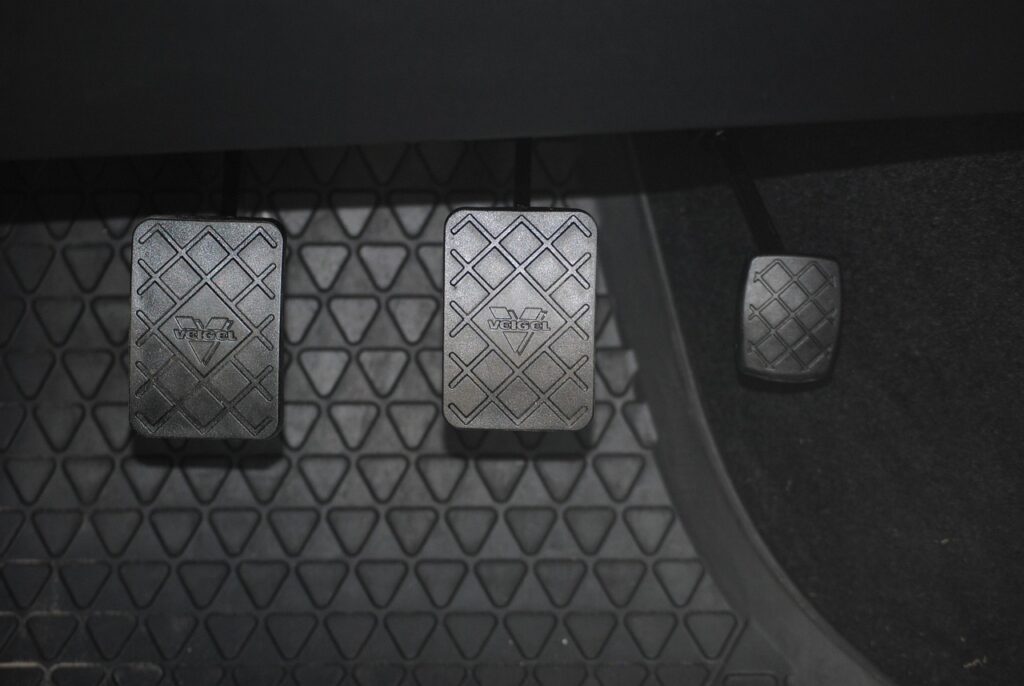
7. **Never Put the Pedal to the Metal / Avoid Over-revving**
The allure of an engine’s raw power often tempts drivers to constantly “put the pedal to the metal,” showcasing performance through excessive acceleration or even dangerous stunts. This impulsive driving not only endangers others but fundamentally compromises your engine’s integrity. It’s like relentlessly pushing a magnificent animal to its breaking point; eventually, it will falter and fail.
Consistently forcing your engine to its redline, or over-revving it, imposes immense strain on all internal components. Pistons, connecting rods, the crankshaft, and the entire valvetrain are subjected to extreme forces and temperatures far beyond their optimal operating parameters. This aggressive usage dramatically accelerates wear and tear, severely shortening the engine’s expected lifespan and significantly increasing the risk of catastrophic failure. The engine’s integrity is directly and swiftly undermined by such reckless exhibitions of power.
The context starkly warns that this type of driving—constant excessive acceleration or performing maneuvers like donuts—can “run the engine into the ground around 50 percent quicker.” This severe consequence underscores the critical financial and mechanical implications. Instead of sudden, violent bursts of power that shock the engine’s intricate systems, opt for smoother, controlled acceleration. This approach ensures components are not unnecessarily overstressed, allowing them to perform their functions reliably for longer.
Treating your car with respect, akin to how a diligent horse rider cares for their prized steed, is a practical guideline for vehicle longevity. Your engine will undoubtedly respond positively when you avoid relentlessly forcing it to accelerate excessively or perform high-stress actions. Every action behind the wheel has repercussions, and choosing restraint over raw power will ensure your engine remains a dependable, efficient heart for your vehicle for many years.
## Beyond the Basics: Seven Advanced Strategies for Engine Longevity
Moving beyond the fundamental daily driving habits, let’s delve into more advanced strategies that ensure your engine not only survives but thrives for hundreds of thousands of miles. These next seven habits involve a keen awareness of your vehicle’s environment, its operational rhythm, and proactive maintenance that prevents minor issues from escalating into major headaches. Adopting these practices is about cultivating a holistic approach to engine care, transforming you from a passive driver into an active guardian of your vehicle’s most vital component.
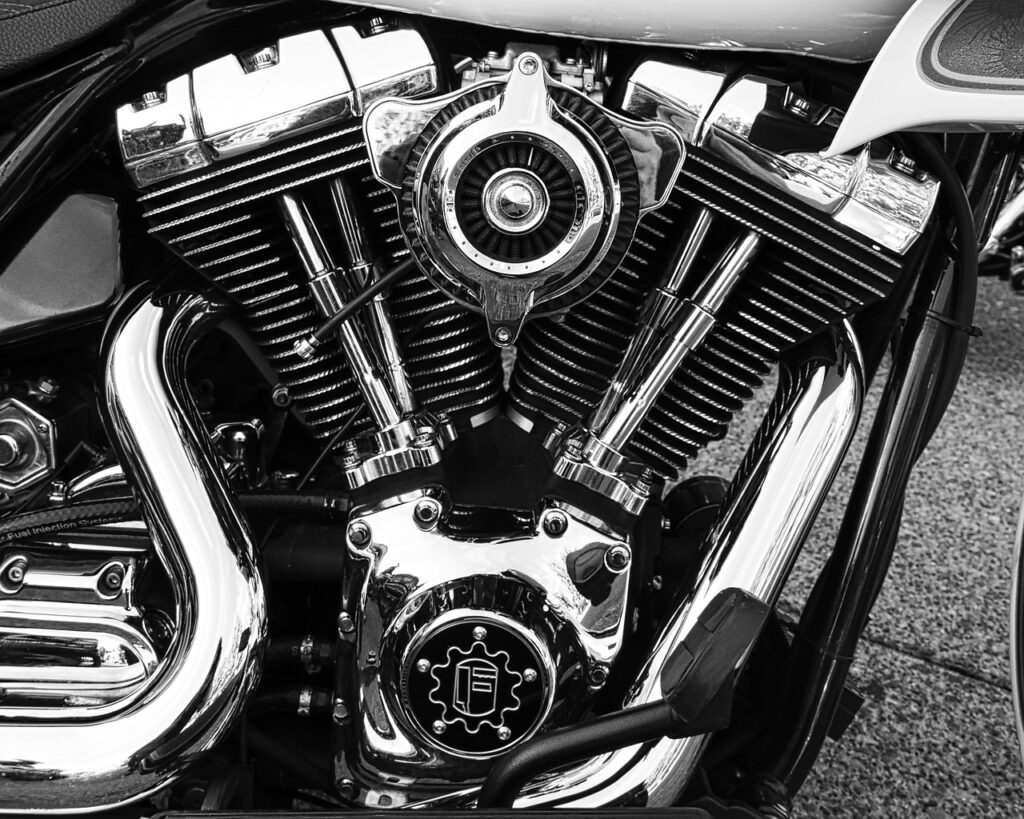
8. Drive Regularly for Increased Circulation
A common misconception suggests that driving less prolongs engine life by reducing wear. However, engine inactivity can surprisingly lead to a loss of functionality, much like a body needs exercise to stay healthy. Your car’s engine thrives on regular operation, which ensures vital fluids circulate consistently and components remain properly lubricated and engaged.
Consistent driving helps maintain optimal lubrication throughout the engine, preventing parts from drying out or seizing. A well-oiled engine develops a routine, keeping all its intricate components running smoothly. This regular engagement is crucial for the overall health of a finely tuned machine, helping to preserve its performance and efficiency over time.
Even if your vehicle has low mileage or you spend extended periods at home, it’s important to run the engine occasionally. Taking your car for a short drive, especially on the highway, allows it to reach optimal operating temperatures. This process helps clear out accumulated moisture and deposits, acting as a preventative measure against the subtle degradations of inactivity and significantly contributing to a prolonged, robust engine life.

9. Don’t Park Outside
We often underestimate the damaging effects of extreme weather on our vehicles. Continuous exposure to scorching heat or freezing cold inevitably takes its toll, with subtle yet cumulative consequences for your engine. These environmental factors accelerate wear, compromising the integrity and longevity of crucial engine parts like seals, hoses, and wiring.
Extreme temperatures can severely impact engine function. Intense cold can make starting difficult and strain the battery, while excessive heat can degrade or even melt sensitive components in the engine bay. To combat this, keeping your vehicle in a temperature-controlled garage is highly advantageous, shielding the engine from drastic fluctuations and ensuring more stable operating conditions.
If a garage isn’t an option, specialized temperature-control tarps or covers can provide a protective barrier. Beyond temperature, indoor parking also safeguards against physical threats like hail, falling debris, or accidental bumps from other vehicles, all of which can lead to unforeseen damage. Prioritizing proper parking is a simple yet comprehensive strategy for long-term engine protection.

10. Stay Away from Potholes and Rough Roads
Driving over large potholes and consistently navigating rough, uneven roads are more than just uncomfortable experiences; they are actively detrimental to your engine and the vehicle’s structural integrity. These impacts and constant jarring force your engine to work harder and less efficiently, placing undue stress on its internal components and the entire powertrain.
When your car encounters a pothole, the engine, transmission, and suspension systems absorb significant shock, forcing the engine to constantly compensate. This increased effort not only consumes fuel less efficiently but also accelerates wear on critical parts. Such impacts can also damage other vital components, including steering, tires, and the car’s undercarriage, leading to costly repairs.
To protect your engine, it’s wise to avoid routes known for rough roads or numerous potholes whenever possible. If such streets are unavoidable, exercise extreme caution: pay close attention to avoid obstacles and drive slowly and deliberately. Speeding over rough surfaces is the gravest mistake, as high-impact collisions can cause catastrophic damage, potentially destroying the engine or severely compromising other critical systems.
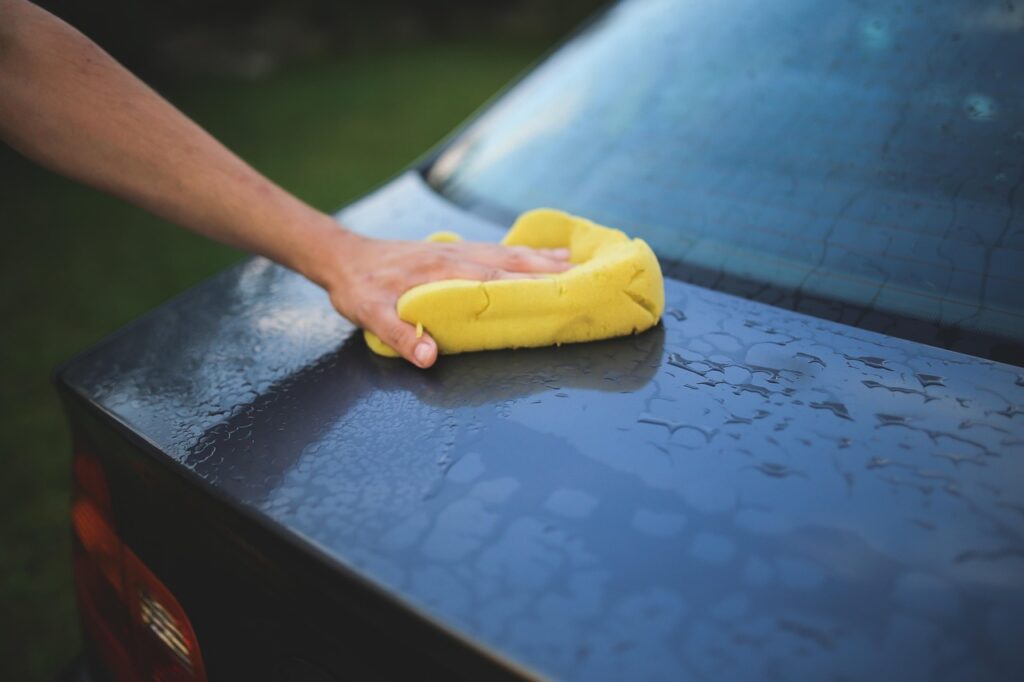
11. Keep Up with Routine Maintenance
Instead of waiting for obvious signs of engine trouble, a more effective and financially prudent approach is consistent, routine inspection. Proactive maintenance is the cornerstone of engine longevity, allowing you to catch minor issues before they escalate into stressful and costly failures. Ignoring problems until they become critical can lead to avoidable nightmares and significant repair bills.
Modern vehicles are equipped with sophisticated onboard diagnostic systems that provide early warnings. ‘Check engine’ or service indicator lights are critical alerts from your car’s brain, not mere suggestions. Heeding these warnings promptly is paramount; delaying action can quickly transform a small, manageable problem into a severe, engine-threatening repair, highlighting the importance of vigilant monitoring.
Entrusting your vehicle to a qualified professional for servicing is key. They possess the expertise and tools to accurately diagnose issues and recommend appropriate procedures, like an engine flush to remove accumulated sludge. Routine upkeep represents the foundational essentials of engine care, acting as a preventative shield and strategic investment in your engine’s enduring reliability and long-term health.
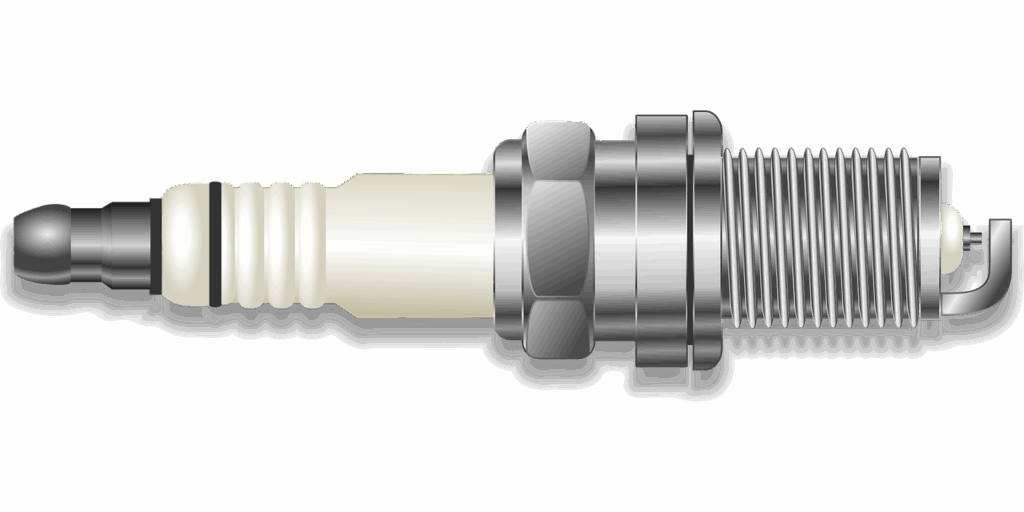
12. Replace Spark Plugs on Time
Spark plugs, though small, are incredibly vital for your engine’s performance and longevity. These unsung heroes ignite the air-fuel mixture in the combustion chambers, generating the controlled explosions that power your vehicle. A consistent, strong spark is crucial for efficient combustion and smooth engine operation, making timely replacement a cornerstone of engine care.
Worn or fouled spark plugs diminish their ability to generate a strong spark, leading to misfires, rough idle, hesitation during acceleration, and reduced fuel economy. Beyond immediate performance dips, persistent misfires place undue strain on other engine components and can even damage your catalytic converter. This highlights the importance of keeping your engine’s ignition system in peak condition.
The replacement schedule varies: conventional copper plugs need changing every 30,000–50,000 kilometers, while iridium or platinum plugs can last 90,000–120,000 kilometers. Always consult your car’s owner’s manual for precise intervals and use only manufacturer-recommended spark plugs. Investing in the correct plugs ensures optimal performance, prevents potential engine issues, and contributes to overall engine health.
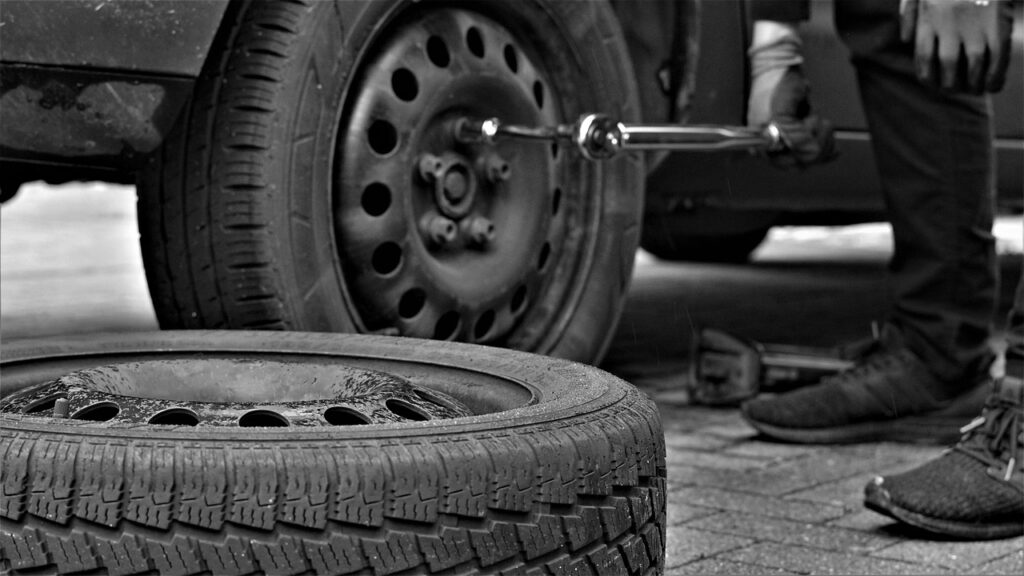
13. Maintain Proper Tire Pressure
It might seem odd to connect tire pressure with engine life, but this seemingly disconnected aspect holds a subtle yet significant link in automotive longevity. Under-inflated tires create increased rolling resistance, forcing your engine to work considerably harder to propel the vehicle. This unnecessary strain directly impacts fuel consumption and accelerates wear on your engine and the entire powertrain.
Essentially, low tire pressure means your engine expends more effort for the same output, akin to pedaling a bicycle with flat tires. This continuous overexertion translates into higher fuel bills and premature degradation of engine components. Therefore, maintaining proper tire pressure is a direct way to lighten the load on your engine, enhancing its efficiency and reducing stress.
Make it a habit to check tire pressure monthly, or before long trips. Inflate them to the manufacturer’s recommended pressure, found on the driver-side door jamb or in the owner’s manual. This simple practice improves handling, extends tire lifespan, and most importantly, directly aids engine longevity by ensuring it operates with less strain, improving fuel economy by up to 10% and significantly extending engine life.

14. Avoid Running on Low Fuel
Your car’s fuel tank is more than just a gas reservoir; it serves a critical protective role for your engine’s delicate fuel system. Consistently running on low fuel can introduce a cascade of problems, compromising engine integrity. This seemingly minor habit can turn into a significant mechanical liability by allowing harmful elements to enter your fuel system.
When fuel levels are low, the fuel pump is more likely to draw in sediment and debris from the tank’s bottom, leading to clogged fuel filters and injectors. Clogged injectors result in inefficient fuel delivery, causing misfires, reduced power, poor fuel economy, and increased emissions—all of which stress the engine and accelerate wear.
To safeguard your engine, cultivate the habit of refilling your tank when it drops below the 1/4 mark. This keeps the fuel pump submerged, cool, and prevents it from drawing in contaminants. Avoid relying on the warning light, as the fuel system is already under stress at that point. Also, keeping the tank at least half full in colder months prevents condensation and fuel line freezing, ensuring a consistent supply of clean fuel.
Conclusion: A Healthy Engine is a Happy Car
Your car’s engine is a marvel of engineering, a powerful heart that deserves attentive care. As we’ve journeyed through these essential driving habits—from the initial break-in to vigilant monitoring and smart fueling—it becomes abundantly clear that you, the driver, hold immense power in extending its life. These aren’t just theoretical suggestions; they are practical, actionable strategies that empower you to proactively protect your investment, save significant money on future repairs, and enjoy hundreds of thousands of miles of reliable, efficient, and smooth driving. So, treat your engine right, listen to its cues, and embrace these habits. Your wallet will thank you, and your vehicle will remain a dependable companion on all your journeys for years to come.

